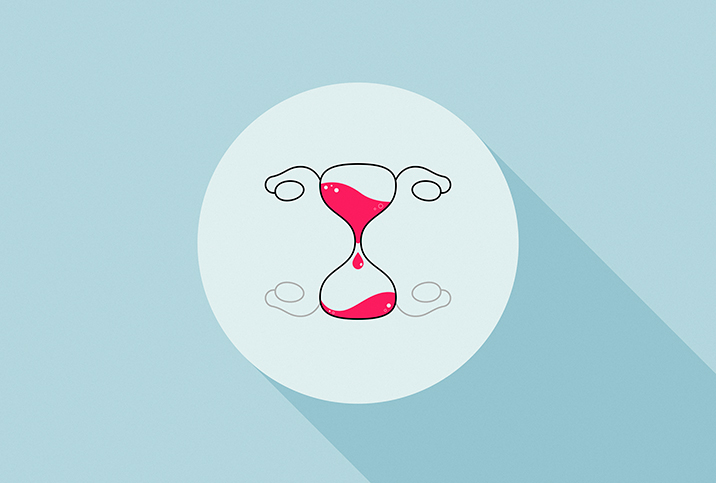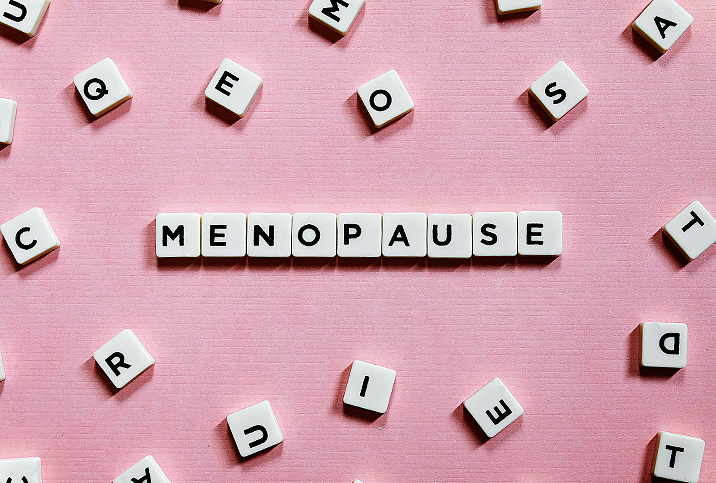Doctor's Note: Postmenopausal Bleeding Is Not Normal

Menopause: It's admittedly not something most women look forward to, but it does have its advantages. Namely, after menopause, your monthly periods are done. No more tampons, no more bleeding, cramping, PMS, and no more worrying about pregnancy.
The average age of menopause for women in the United States is 51. Menopause is defined retrospectively, meaning doctors consider a woman to be in menopause once she has gone a full year without having a menstrual cycle.
When a woman has gone a full 12 months without a period, she will be considered 'in menopause' or 'postmenopausal.'
This means there can be some false starts and stops. As women enter their mid-40s, they may start to notice some irregularities in their previously normal menstrual cycles. Most often, they begin to skip a period or two. Occasionally, bleeding can become heavier.
This point in a woman's life is often associated with hot flashes, night sweats, weight fluctuations and forgetfulness. Eventually, when a woman has gone a full 12 months without a period, she will be considered "in menopause" or "postmenopausal."
What some women may not realize is resuming a period after menopause is considered abnormal and may even be a sign of endometrial cancer. Vaginal bleeding after menopause is the most common presenting symptom of endometrial cancer and should always be evaluated. Bleeding may be very light, described as spotting, or can be heavier and more like a traditional period. Any bleeding after menopause should be evaluated by a physician.
Why am I bleeding again?
Most postmenopausal bleeding is not endometrial cancer—the majority of cases are due to benign causes (see below). However, because cancer must be ruled out, it's important to bring any bleeding to the attention of your doctor right away.
After menopause, estrogen levels in a woman's body drop and cause thinning of the genital tissues, including the vagina. This is known as atrophy and is a common cause of postmenopausal bleeding after intercourse, as well as discomfort with sex. Other common causes for postmenopausal bleeding include benign polyps (growths within the uterine lining that can cause bleeding). Certain medications (blood thinners, for example) can also play a role.
What to expect at your doctor visit
The workup for postmenopausal bleeding typically involves an office visit to discuss your medical history, how long you have been in menopause and what kind of medications you are taking. A pelvic exam will be done to evaluate the size and shape of your uterus and ovaries.
An ultrasound of the pelvis may be ordered to look at the lining of the uterus and evaluate how thick it is. After menopause, lower levels of estrogen typically result in a thin endometrial lining. The thickness of the lining can provide information to your doctor about the cause of your bleeding.
Another part of the evaluation may be a biopsy of the uterine lining. Biopsies can be done in the office, but in some cases, an operating room may be recommended. This procedure is known as a D&C with hysteroscopy. Your gynecologist can talk to you about which option is best for you.
The take-home message is, once you go through "the change," you should be done with your period—and if any bleeding should sneak back up on you, be sure to mention it to your doctor immediately. Odds are good it's nothing to worry about, but it does need to be evaluated to make sure you stay healthy well into your golden years!


















